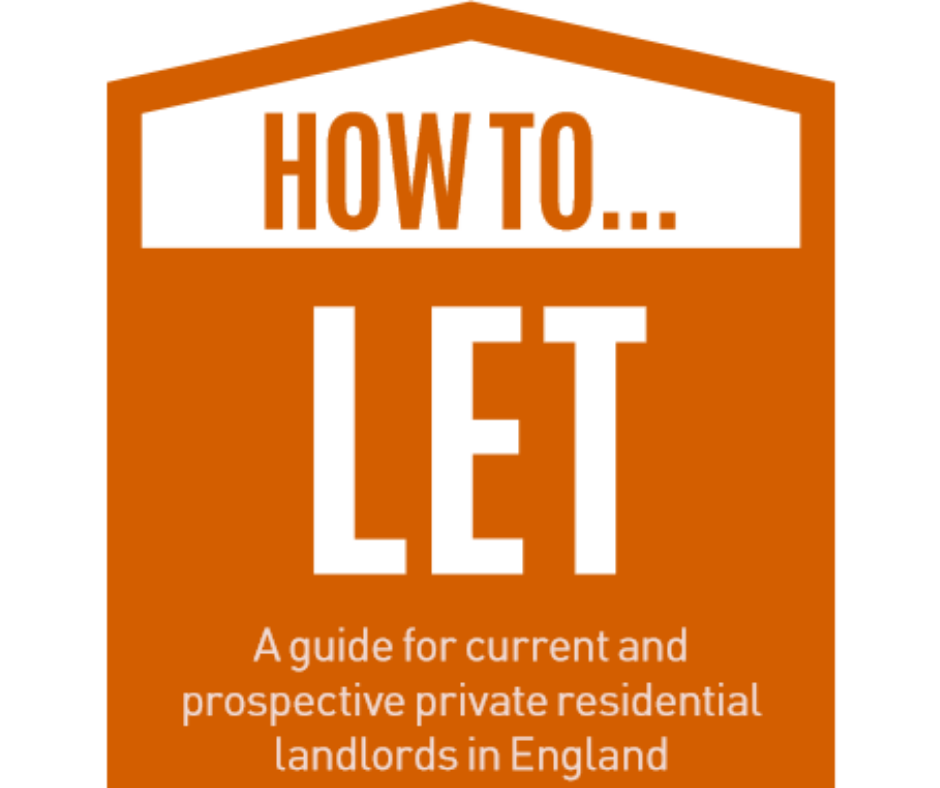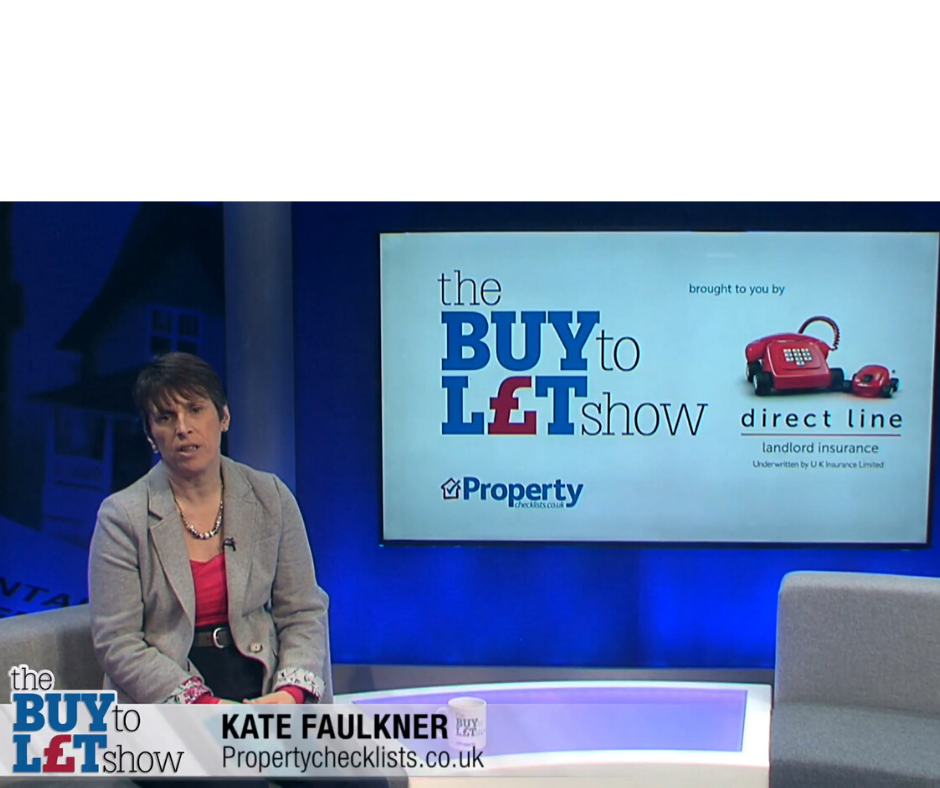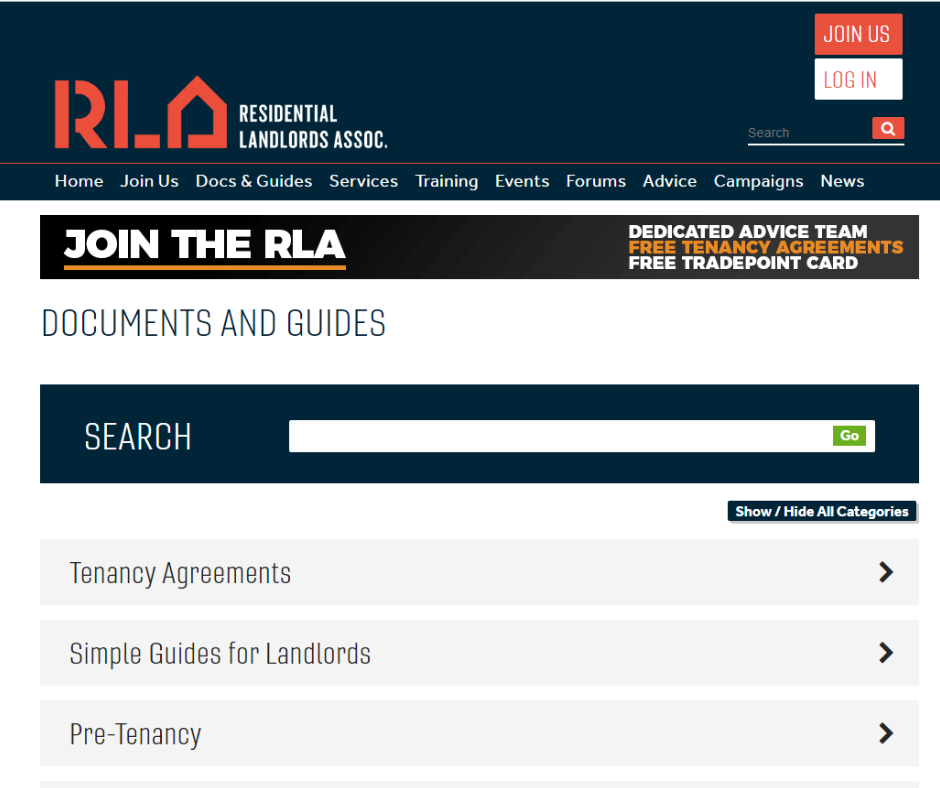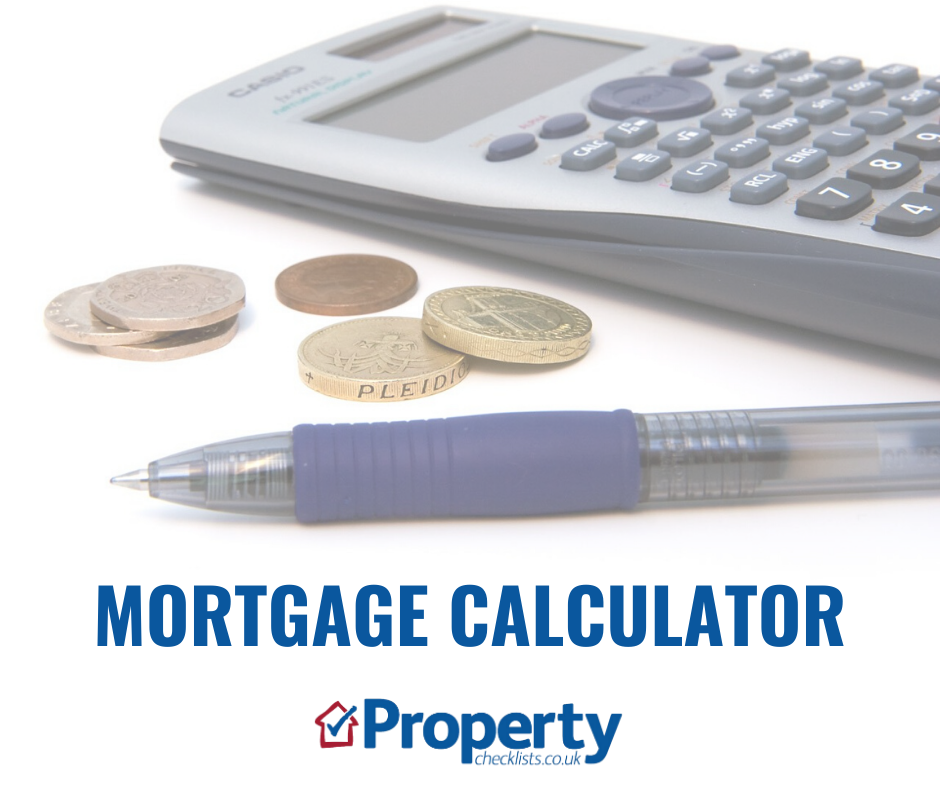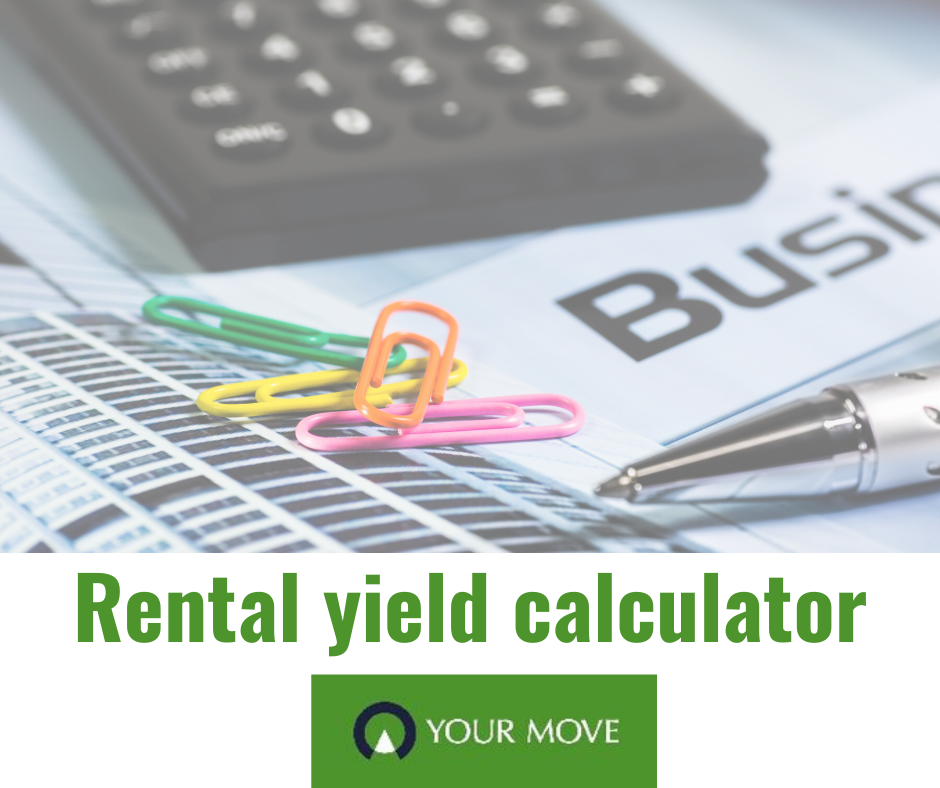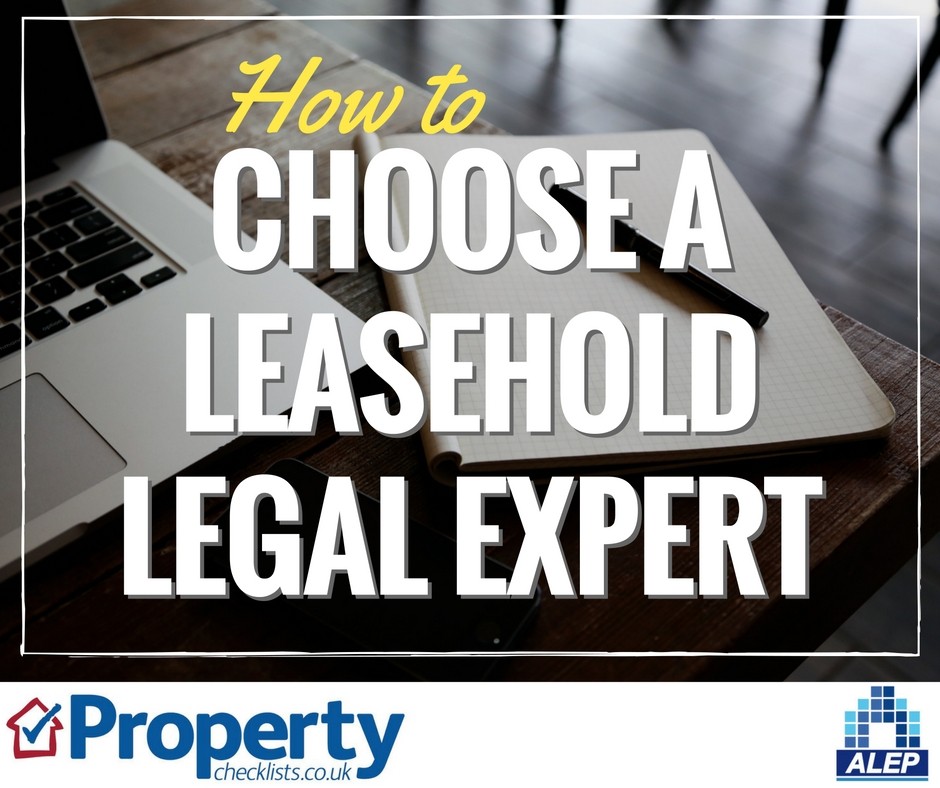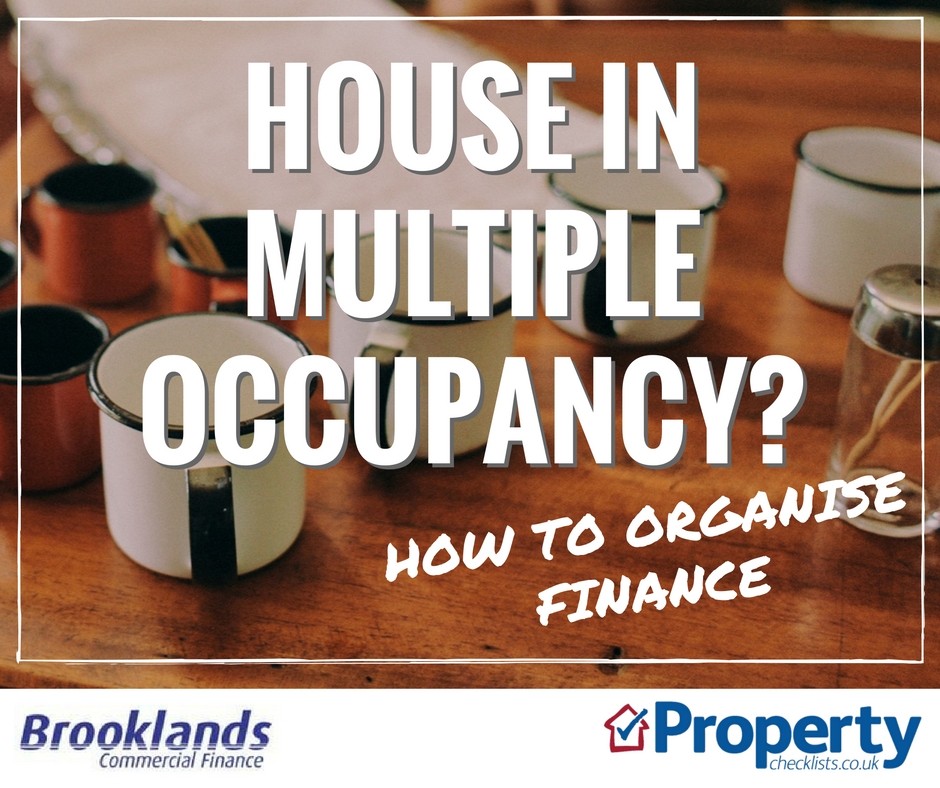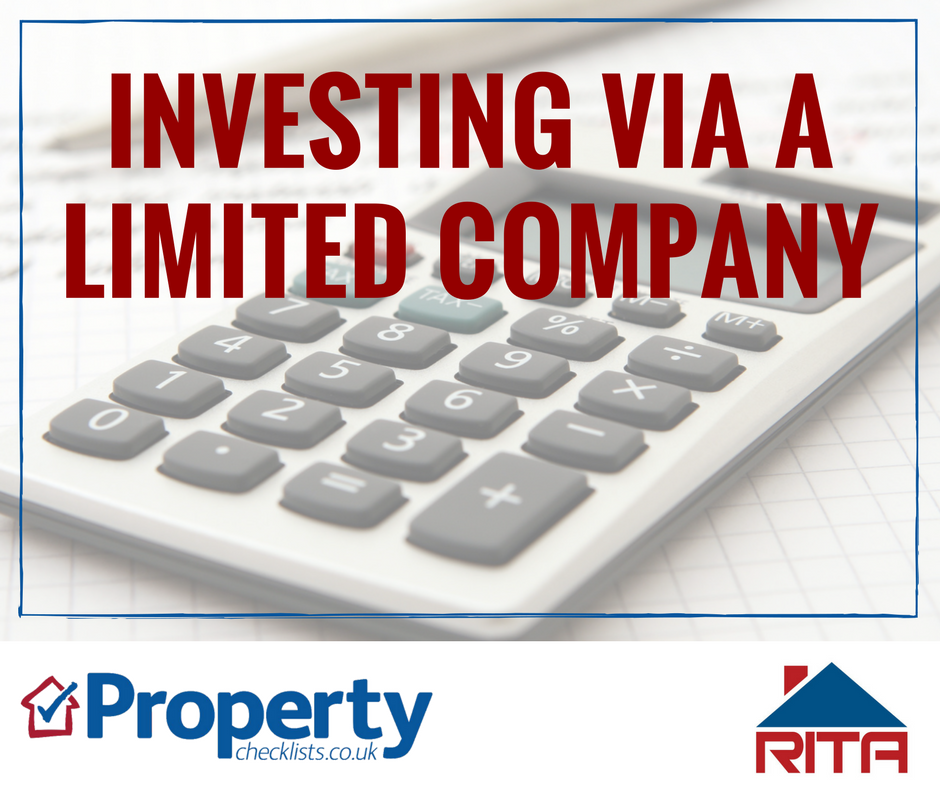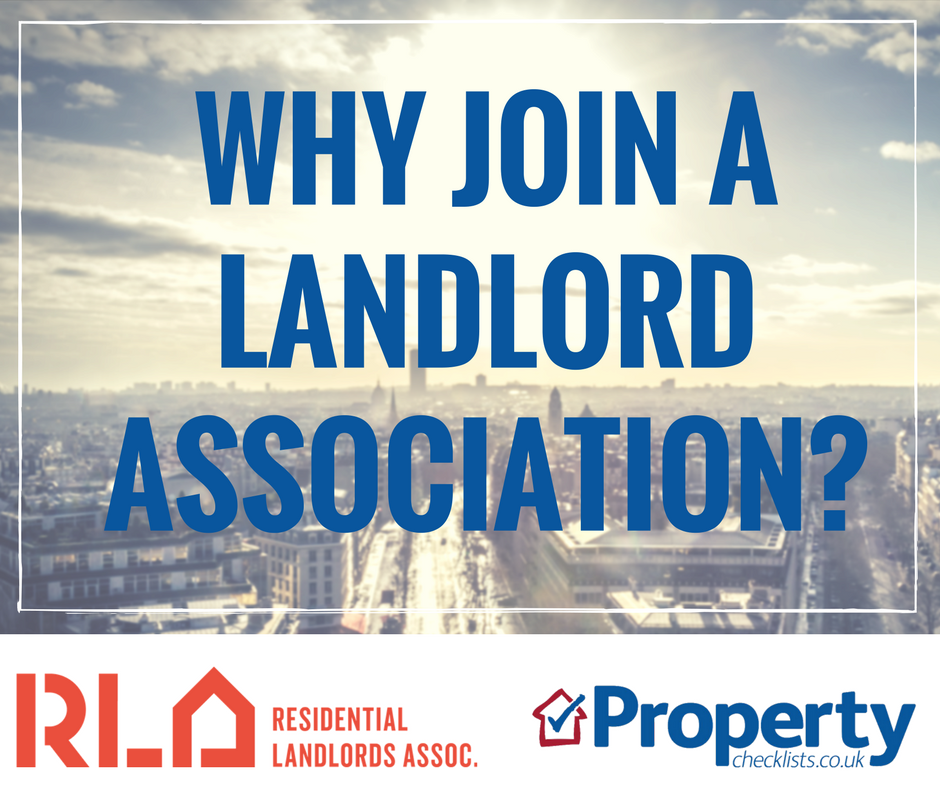publication date: Apr 21, 2020
|
author/source: Kate Faulkner, Property Expert and Author of Which? Property Books
When you first start considering buy to let you may well be thinking about what sort of property you should go for but this should not be the first question you ask – it should be whether it is the right type of investment and this means taking a look at your finances!
There are lots of ways of losing money when you invest in buy to let:
|
- The value of the property could fall
- The tenant could trash your house and if the damage isn't covered by your insurance company, you could quickly be out of pocket by tens of thousands of pounds
- Buy to let is a long term investment typically of 15 to 20 years or more, so one of the first things you should ask yourself is if you are able to tie up your investment capital for that length of time
|
What are your objectives?
|
- Capital growth to build a lump sum to sell to fund your retirement
- Build up a portfolio income to enable an early retirement and boost income while working
- Own a student let for your children, then retain for income/capital growth later
|
 |
|
Costs of buy to let
|
- Legals - the cost of legals ranges from around £300 + VAT to over £1,000 + VAT
- Survey - £250 - £1,500 depending which type you choose
- Deposit if buying with a mortgage - will depend how much you can pay
- Stamp Duty Land Tax - there is nothing to pay for properties up to £125,000, the portion from £125,001 to £250,000 is 2%, from £250,001 to £925,000 is 5%, £925,001 to £1.5 million is 10%, and above £1.5 million is 12%. If it's a second home, which it probably will be, you'll usually have to pay 3% on top of the normal SDLT rates
- Buildings insurance - £200 per annum
- Specialist landlord insurance
- Tax on income during ownership
- Exit costs - ie selling costs and tax on sale
|
Financing and insuring a property you let is not the same as organising a mortgage or cover for your personal residence.
Here are the key steps to ensure you finance and insure properly:
|
- Checking your credit score - make sure your credit score is as good as it can be, as this will help reassure lenders you are a trustworthy borrower.
- Choosing who to work with - make sure you choose a specialist mortgage broker who has access to a comprehensive range of mortgage products and who knows how to finance all different types of buy to let property.
- Secure an agreement in principle or similar - to secure a bargain or make a quick purchase, you are advised to apply for finance before making any offers on a property.
- Ensure your broker keeps you up to date with new finance - many lenders review their mortgage products regularly, so a better rate or more suitable product may become available. Work closely with your broker to ensure you are kept informed.
- finalise your financing - once you have your finance organised, it's a matter of finding properties, then your broker should handle the application for you. You should also give your mortgage adviser/legal company permission in writing to liaise directly.
- Valuing a property and its income potential - before finalising any offer, obtain a detailed survey and asking your surveyor to check the property's suitability for letting.
- The mortgage offer, or decline - although it can take weeks for your full application to be officially accepted or declined, the lender will usually confirm this to your broker as soon as possible. A survey confirms whether the purchase price is acceptable. It should then be possible to move to exchange and completion.
- Insurance - get an insurance quote sorted early so you can proceed as soon as you exchange. Remember, ordinary home insurance won't cover you as a landlord, as you have tenants who are your paying customers. Specialist landlord insurance will help cover your commercial interests.
- Completion - after exchange, your broker and legal company should do most of the work to make sure the property completes on time.
- Preparing the property - do all you can to let the property quickly. A property that is empty for 30 days or more may not be fully covered by your insurance and you should inform your insurance company before and after any work is being carried out.
Insurance from Direct Line for Business (DL4B)
- DL4B landlord insurance is designed specifically for landlords and buy to let owners.
- DL4B landlord insurance offers high levels of standard cover, options to increase limits, and extend your cover if you need to. Remember that home insurance isn't designed for rental properties - you need specialist insurance for landlords.
- DL4B guarantee to beat the renewal price or quote of any other insurer when you take out your first policy with them. T's & C's apply.
|
This can be a daunting task but the first thing you need to do before you decide what property to buy, is to understand who is likely to let it.
Before you decide on a type of property and location for your investment, you first need to be clear what financial returns you want, then understand which type of tenant would best suit your plans:
- All kinds of people rent property, from students, 20-somethings who can't afford to get on the ladder, people who move around for work, right through to older people who rent for part of the year and spend the winter in warmer climes.
- Understanding the type of tenant you want to attract is key to deciding on the location and type of property you want to buy. The way to try an cut through these decisions is to carry out calculations based on the money you have to invest and the returns different property types and tenant lets can deliver.
- You can compare the results from one area to another to see if there is a significant difference. It is important to consider all the risks and rewards of different types of let, too.
Investing in a flat is more complicated than buying a house because you usually purchase the flat itself, but not the communal areas and the plot of land. If you're purchasing a leasehold, make sure you know how long the lease is, you want it to be over 80 years.
For more, read our leasehold checklists:
- Do HMOs in the locality require a licence and/or planning permission?
- How much is the licence and how regularly does it have to be renewed?
- Has the property been checked by the local housing standards officer and, if not, what are the key checks they make?
- Does the property meet the HMO regulations, such as for gas and electrical safety, fire doors, extinguishers, ease of exit in there is a fire, etc?
- What is the local demand for HMOs?
Following the implementation of Section 24 - which restricts the amount of income tax relief landlords can claim on residential property finance costs - some landlords may find it beneficial to invest in property via limited company.
However, this is neither clear-cut nor straightforward, so you are advised to speak to a property tax expert, who can help you weigh up the pros and cons and work out what is best for your particular set of circumstances.
We like to think that nobody sets out to be a rogue landlord but it's very easy to fall foul of the law by accident now that there are 160 laws and more than 400 rules and regulations to follow. And you don't just have to know all these laws, you need to understand how to interpret them and keep up to date with any changes and new rules and regulations as they're passed:
- England, Scotland, Wales and Northern Ireland share some lettings rules and regulations but each has now adopted new ones unique to their country.
- There are further variations according to local authorities, particularly when it comes to licensing of Houses in Multiple Occupation.
- For this reason, it is vital to research the legal requirements according to the location of your property, especially if you don't live in the same area.
- While in the past, most local authorities carried out little in the way of enforcement, since April 2017 they have been able to fine landlords up to £30,000 and, in the case of serial or serious offenders, even ban them from letting their property.
A good place to start is to ensure you do at least one of these three things:
- Energy Performance Certificate - the EPC should be available at the start of the tenancy and ideally when you advertise the property, so potential tenants can make their decision based on the cost of energy bills.
- Right to rent checks - if renting in England, you or your agent must check all tenants, not just foreign nationals, to ensure they are in the country legally before they rent or renew a tenancy.
- Property and landlord licensing - the rules vary around the UK, with landlords in Scotland, Wales and Northern Ireland having to be licensed by law. Some local authorities in England require licensing too, so do check in the area where your property is.
- Tenants' rights, access and protection - tenants have a right to enjoy the property peacefully - you can't visit as and when you please - and notice must be given, according to the contract, if you want them to vacate. The Government (in England) has produced a helpful tenant guide, which is just as useful for landlords. This must be given to tenants prior to letting to them.
- Tenant health and safety - there are 29 hazards that have been identified so you must carry out a risk assessment to make sure your tenants can live in the property safely. The 29 hazards can be found on the Government website.
- Taxation - you will pay income tax on the rental income profits, and capital gains tax on any increase in value when you sell the property. Be aware that this could take you into a higher tax band or mean you lose tax relief. HMRC has free information on taxation for income and capital gains for buy to let investors.
|
- There are additional regulations for HMOs and, as they contribute to most problems in the private rented sector, they are often targeted by housing enforcement offices.
- HMOs generally have more tenants, they are subject to greater wear and tear, so repairs and upgrades are likely to be required more frequently.
- An HMO must be set up to minimise the risk of injury to a tenant or visitor, with outside areas, gardens, fire escapes, balconies and roofs kept secure, clean and tidy.
- Issuing the tenant with key information such as the How to Rent Guide, Energy Performance Certificate and Gas Safety Certificates.
- Carrying out most repairs and dealing with issues raised by the tenant within a fair time frame.
- Maintaining the structure and exterior of the property.
- Arranging an annual gas safety check by a Gas Safe engineer where there are gas appliances.
- Dealing with utility issues, such as water, electricity and gas supply.
- Giving at lease 24 hours' notice of visits for things like repairs.
- Maintaining or replacing any appliances and furniture that has been supplied.
- Securing the correct licence for the property, if required.
- Responding to the tenant's requests for repairs within 14 days.
- Insuring the building and any landlord contents in the rented property for damage from flood, fire and subsidence.
- Watch episode 5 of the Buy to Let Show and download the accompanying eBook.
|
Planning an exit strategy is vital, even before you start looking for a property to purchase, otherwise you risk handing most of your hard-earned investment returns over to the tax man. It's important to understand your income goals and how to intend to achieve them, as well as planning carefully for the future.
Three mistakes landlords make when trying to exit property:
|
- Not planning early enough to take advantage of capital gains relief.
- Lack of understand of how Capital Gains Tax works.
- Thinking they can 'sign over' the properties to their children and within seven years, if they don't pass away, it will be theirs, free of Inheritance Tax.
|
10 steps to planning an exit:
|
- Always consider your exit strategy before investing
- Define your objectives and goals
- Consider the tax you will pay ongoing and on exit
- Keep detailed and up to date records of all income/outgoings and retain all documentation relating to your properties
- Plan ahead for 20-25 years
- Speak to a property tax expert/independent financial adviser
- Have a Plan B, in case you need to exit early or in a different way to planned
- make a Will and keep it updated as legislation and your situation changes
- Consider the tax your family will pay
- Reassess your situation every 6-12 months to keep up with changing legislation and circumstances
|


